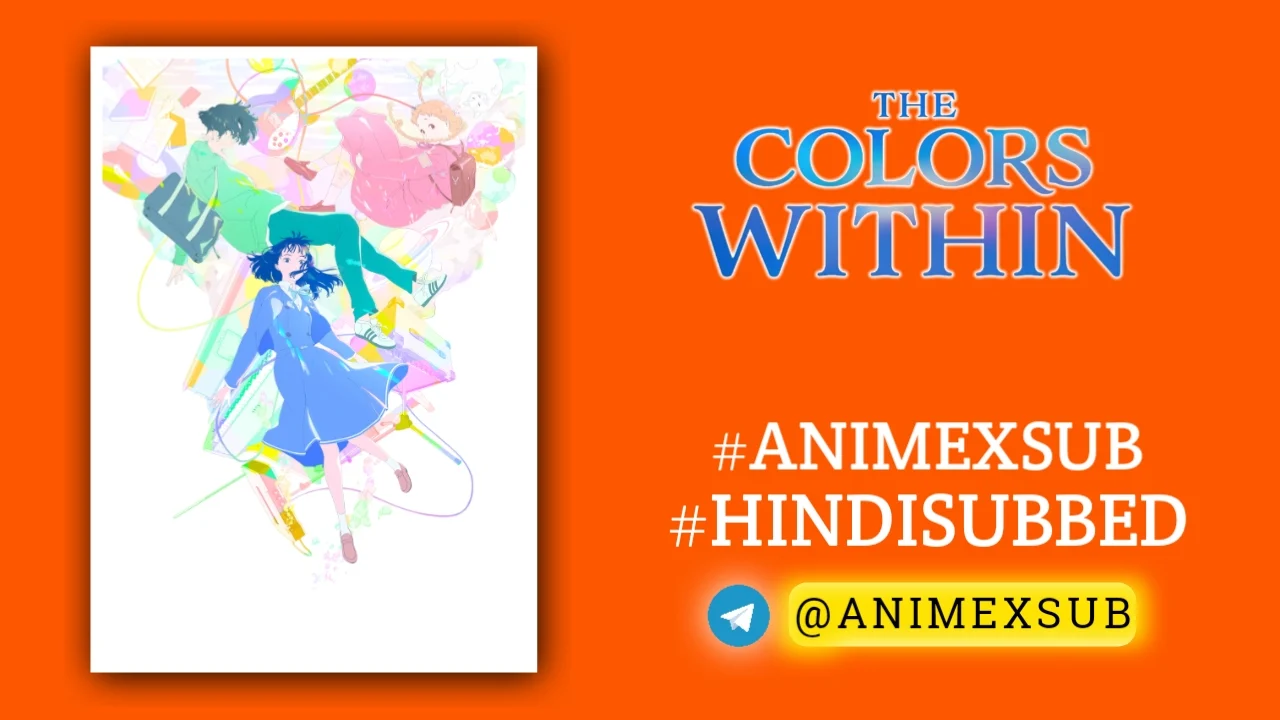
The Colors Within Hindi Subbed | Kimi no Iro full movie hindi sub!!

Kimi no Iro
The Colors WithinSynopsis
Totsuko is a high school student with the ability to see the 'colors' of others. Colors of bliss, excitement, and serenity, plus a color she treasures as her favorite. Kimi, a classmate at her school, gives off the most beautiful color of all. Although she doesn’t play an instrument, Totsuko forms a band with Kimi and Rui, a quiet music enthusiast they meet at a used bookstore in a far corner of town. As they practice at an old church on a remote island, music brings them together, forming friendships and stirring affections. Will they discover their true 'colors'? (Source: GKIDS)
Watch Trailer
Characters
The Colors Within (2024): A Kaleidoscopic Celebration of Emotion and Connection
Naoko Yamada’s The Colors Within (Japanese: Kimi no Iro, meaning “Your Color”) is a 2024 Japanese animated drama that weaves a tender, vibrant tapestry of friendship, music, and self-discovery. Produced by Science SARU and released in Japanese theaters on August 30, 2024, with a North American release on January 24, 2025, this coming-of-age tale has captivated audiences with its stunning animation, heartfelt storytelling, and a unique exploration of synesthesia. Directed by the visionary behind A Silent Voice and Liz and the Blue Bird, Yamada delivers a film that is both visually exuberant and emotionally resonant, earning a 93% approval rating on Rotten Tomatoes based on 46 critics’ reviews.
A Story of Colors and Connections
At its core, The Colors Within follows Totsuko Higurashi (voiced by Sayu Suzukawa), a high school student with the extraordinary ability to perceive people’s emotions as colors—a subtle nod to synesthesia, where senses intertwine, allowing some to “see” sounds or “feel” colors. Totsuko’s world is one of vivid hues, each representing the emotional states of those around her: bliss, excitement, serenity, and more. Her fascination peaks when she encounters Kimi Sakunaga (Akari Takaishi), a classmate who radiates a “pretty color”—a light blue that Totsuko treasures above all others.
The story unfolds as Totsuko follows Kimi to a used bookstore, where a chance encounter leads her to join a band with Kimi, who plays guitar, and Rui Kagehira (Taisei Kido), a quiet music enthusiast who wields the theremin. The trio forms an unlikely bond, practicing in an old church on a remote island, where music becomes a vessel for their emotions and a bridge for their friendships. The narrative is less about high-stakes drama and more about the quiet, authentic moments of youth—skipping school trips, sneaking snacks, and navigating personal struggles, from Totsuko’s conflict with her Catholic school’s expectations to Kimi’s decision to drop out.
Visual and Aural Splendor
One of the film’s standout features is its breathtaking animation, courtesy of Science SARU. The studio’s signature blend of naturalistic line work, impressionistic color splashes, and sharp close-ups creates a visual language that mirrors Totsuko’s synesthetic perspective. A ballet sequence, in particular, has been lauded for its fluid, almost otherworldly clarity, showcasing the studio’s technical prowess. The colors Totsuko sees are depicted with a light, fantastical touch, allowing viewers to sink into the story without being overwhelmed by stylistic excess.
Complementing the visuals is Kensuke Ushio’s evocative score, which elevates the film’s emotional beats. The band’s music, including foot-tapping original songs performed by the voice actors, serves as both a narrative climax and a celebration of the characters’ growth. Akari Takaishi and Kylie McNeill (Kimi’s English dub voice) deliver standout vocal performances, with McNeill’s singing reminiscent of her work in Belle (2021). The soundtrack, paired with the film’s vibrant palette, creates a sensory experience that feels like “a kaleidoscopic celebration of human connection,” as described by Rotten Tomatoes’ consensus.
Themes of Acceptance and Identity
The Colors Within is deeply empathetic, exploring themes of acceptance, forgiveness, and the courage to embrace one’s true self. Totsuko’s ability to see colors is not just a quirky trait but a metaphor for her sensitivity to others’ emotions—and, for some viewers, a subtle allegory for queerness. Several publications, including Dazed, have noted the queer undertones in Totsuko’s fascination with Kimi’s color, interpreting it as a depiction of same-sex attraction within the constraints of a Catholic environment. While Yamada has not explicitly confirmed this reading, her nuanced direction leaves room for interpretation, adding depth to the film’s emotional landscape.
The film also grapples with the tension between personal passion and societal expectations. Totsuko’s white lies to her school’s nuns, driven by fear of judgment, reflect her internal conflict as a Christian navigating her love for music and her unique perception of the world. Similarly, Kimi and Rui face their own struggles—Kimi’s dropout status and Rui’s quiet rebellion against conformity—making their band a shared space of self-expression and mutual affirmation. The film’s low-key approach, as noted by critics like Ryan Swen, foregrounds “sincere friendship and the joyful mechanics of songwriting” over melodramatic conflict, resulting in a story that feels authentic and relatable.
Critical Reception and Comparisons
While The Colors Within has been widely praised, it’s not without its critiques. Some reviewers, like Maya Phillips of The New York Times, felt the film could have expanded its emotional palette to match its visual one, citing a lack of dramatic intensity. Others, such as Collider’s Shawn Van Horn, noted that the minimal conflict might not sustain viewers beyond the animation’s allure. However, these critiques are outliers in a sea of acclaim. Paste Magazine’s Elijah Gonzalez called it “an empathetic coming-of-age tale,” while the Associated Press’ Jake Coyle praised its ability to capture “the doubts and yearnings of young life.” Compared to Yamada’s A Silent Voice (2017), The Colors Within is less tearjerking but equally profound, offering a lighter yet still impactful exploration of human connection.
Fans on platforms like X have echoed this enthusiasm, with posts describing the film as “gorgeous,” “joyous,” and “densely packed” with meaning. User @Yuyucow highlighted Yamada’s “kind message of acceptance” woven through themes of color, light, and faith, while @GKIDSfilms hyped its theatrical release with starry-eyed emojis, signaling its appeal to anime fans and newcomers alike.
A Universal Appeal
With a runtime of 101 minutes and a PG rating for mild thematic elements, The Colors Within is accessible to a wide audience, from anime enthusiasts to families seeking a “pretty and relaxing” experience, as one IMDb reviewer noted. Its universal themes of friendship, self-discovery, and the power of art make it a standout in 2024’s animated offerings, though it faces stiff competition from heavyweights like Inside Out 2 and Moana 2.
The film’s release strategy reflects its niche yet ambitious reach. After premiering at the Annecy International Animated Film Festival on June 10, 2024, it rolled out in Japan, followed by limited theatrical runs in the U.S., starting in Los Angeles on December 13, 2024, for awards eligibility. It’s available for purchase on platforms like Prime Video, VUDU, and Microsoft Store, with a Blu-ray release slated for May 27, 2025.
Final Thoughts
The Colors Within is a testament to Naoko Yamada’s ability to craft stories that are both intimate and universal. Through Totsuko’s eyes, we’re invited to see the world in colors—not just the literal ones, but the hues of emotion that connect us all. With its dazzling animation, soulful music, and gentle exploration of identity, the film is a must-watch for anyone who’s ever felt like an outsider finding their place through art and friendship. As Totsuko learns to change the things she can, The Colors Within leaves us with a radiant message: to embrace our unique perspectives and let our colors shine.
This article all details get from this sources:
Support Our Anime Community!
Love watching the latest anime? Help us keep uploading new episodes by join telegram channel ❤️
Join Now!








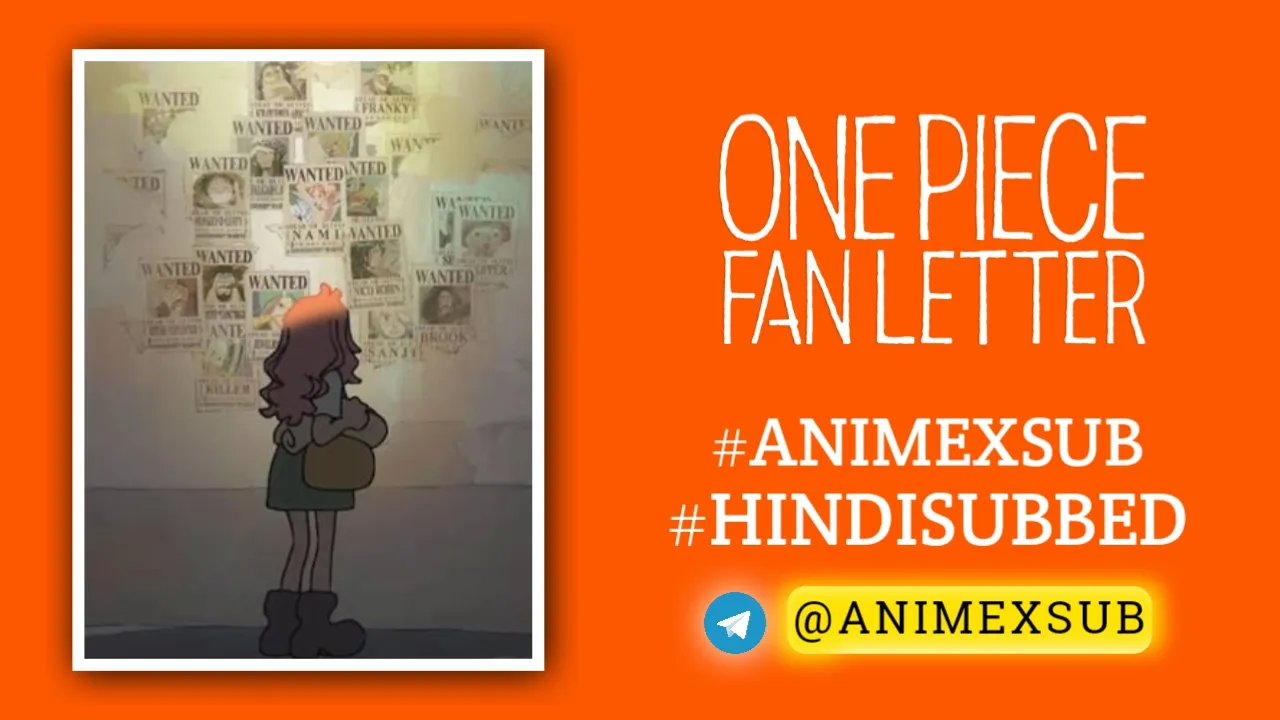
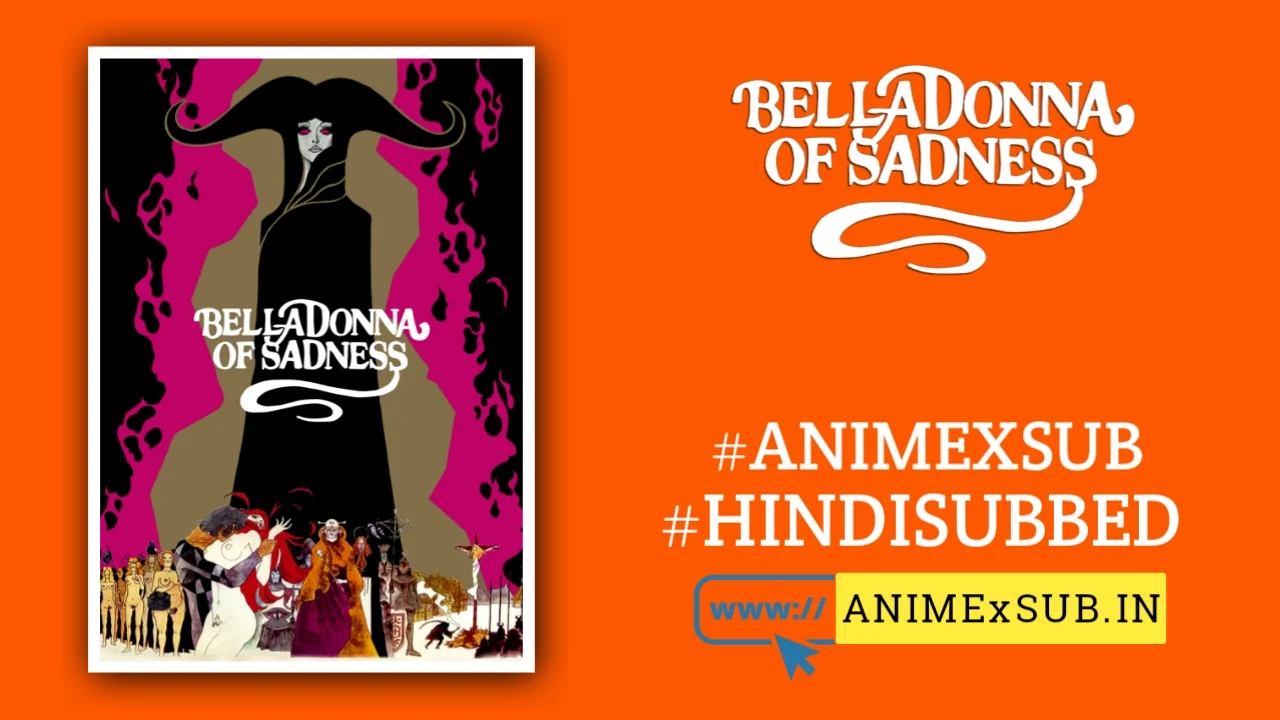

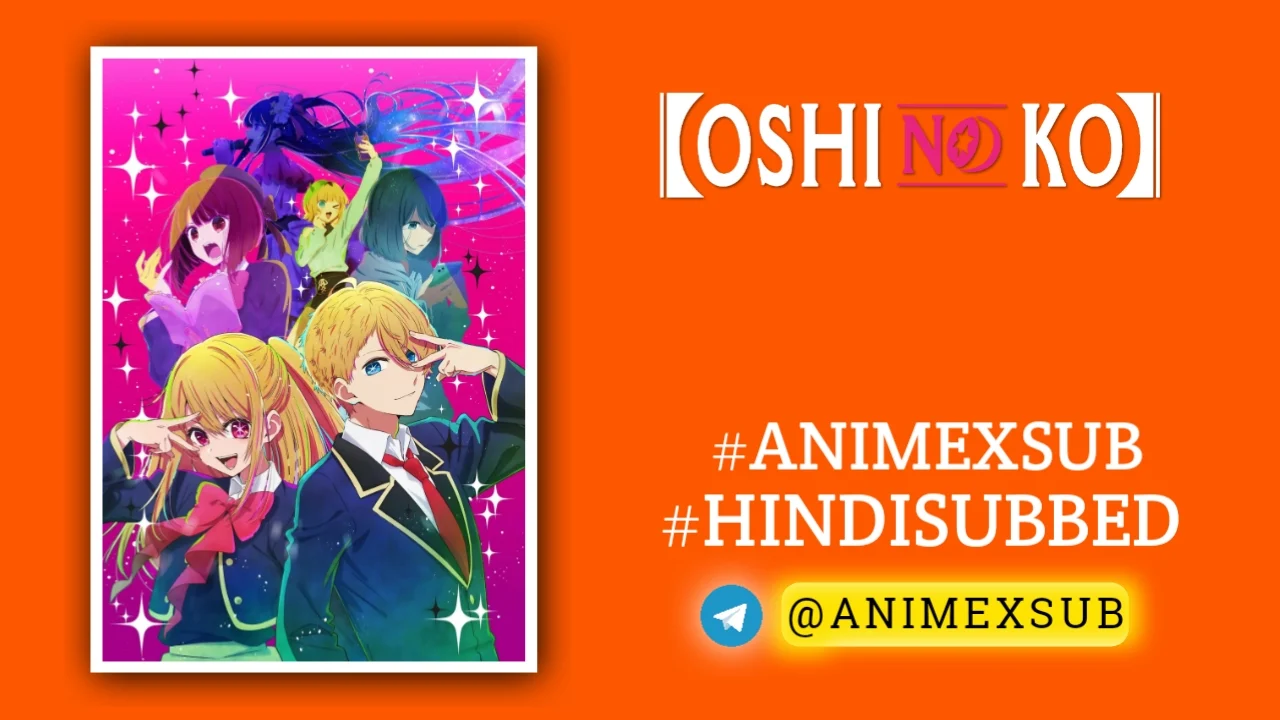
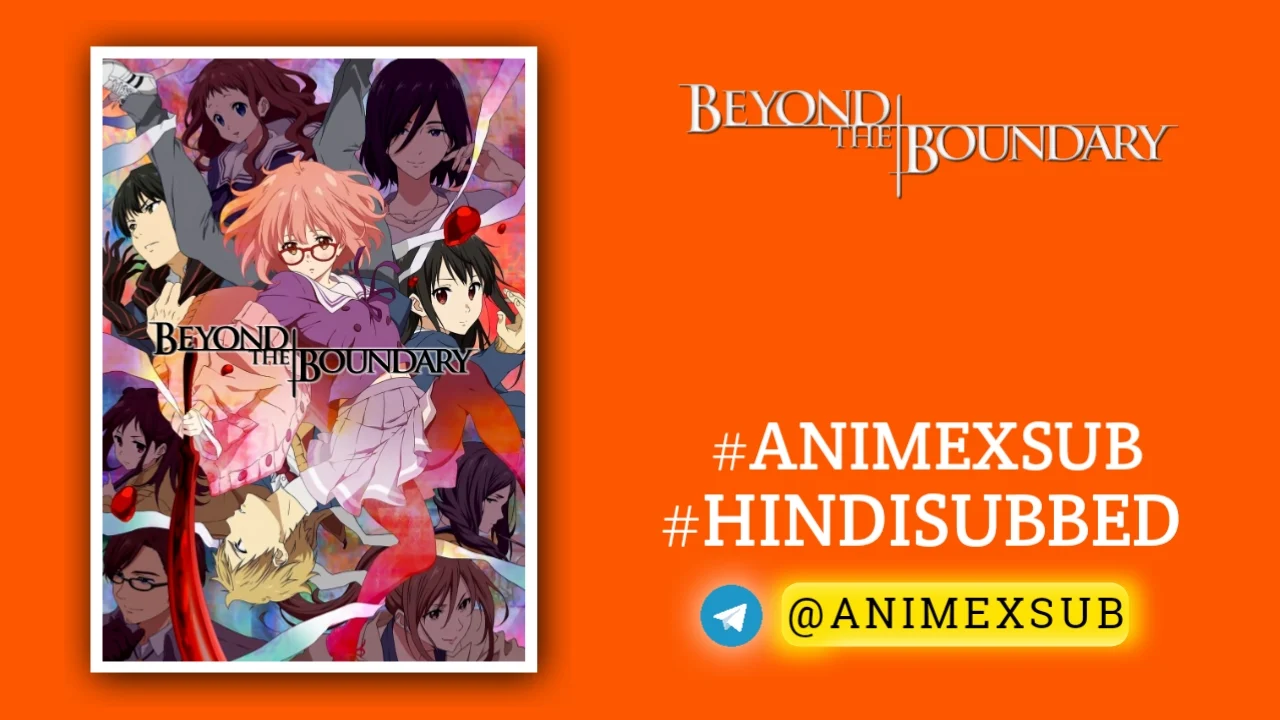
To be honest , nice movie
I appreciate with you 💕